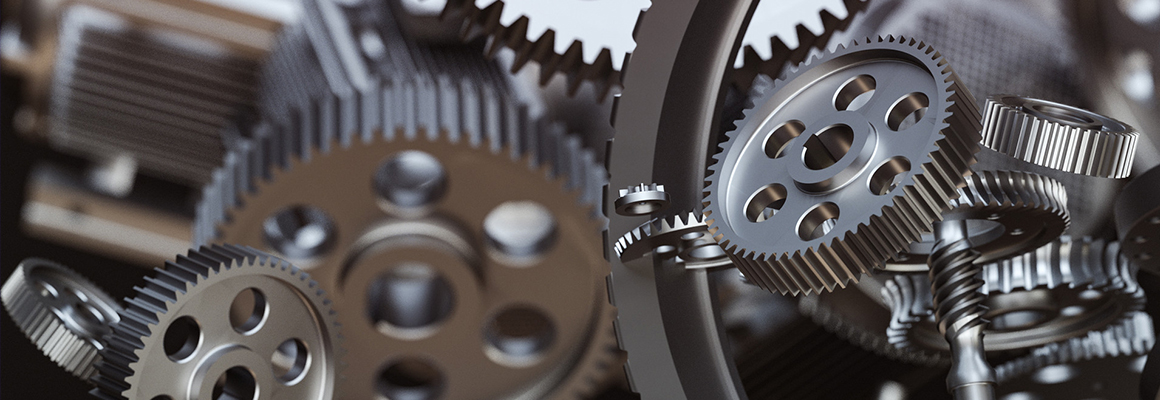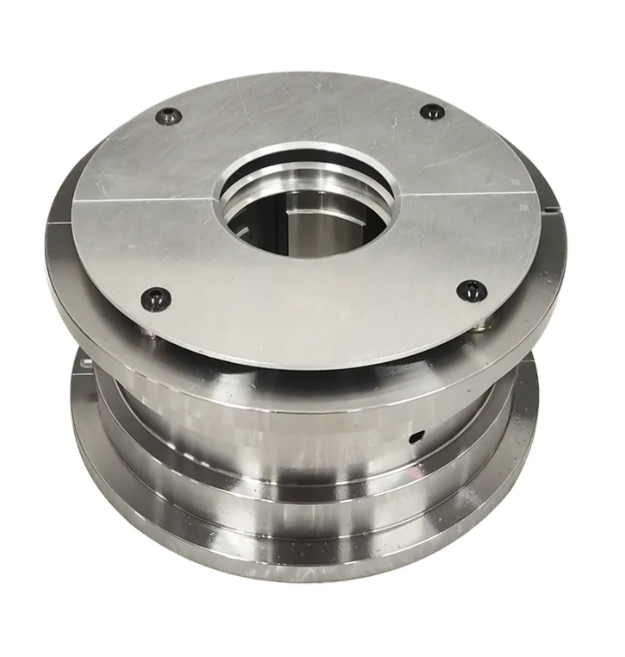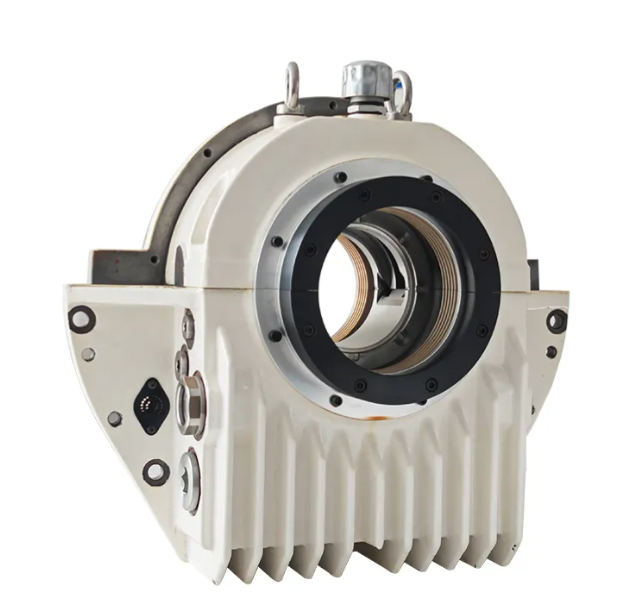Thrust Bearing vs Journal Bearing: Which One Suits Your Application Best?
Thrust Bearing vs Journal Bearing: Which One Suits Your Application Best?
When it comes to machinery and rotating equipment, choosing the right type of bearing is crucial for performance, efficiency, and durability. Two commonly used bearings are thrust bearings and journal bearings. While they may sound similar, they serve very different functions. Understanding the distinction between them can help you select the right component for your system—and avoid costly errors down the line.
If you're wondering "which one should I use for my application?"—this article will walk you through the key differences, typical use cases, and practical tips to help you decide.
What’s the Difference Between Thrust and Journal Bearings?
To start, let’s break down what each type of bearing does:
Thrust Bearing: Designed to handle axial loads—that is, force applied along the shaft. These bearings are crucial when machinery needs to resist forward or backward movement.
Example applications: car clutches, vertical pumps, gearboxes.Journal Bearing: Built to support radial loads, or force applied perpendicular to the shaft. These bearings help reduce friction during rotation.
If you're looking for a bearing that manages load direction effectively, understanding whether the load is axial or radial is your first step.
Thrust Bearing vs Journal Bearing: Comparison Table
| Feature | Thrust Bearing | Journal Bearing |
|---|---|---|
| Load Type | Axial (along the shaft) | Radial (perpendicular to the shaft) |
| Primary Function | Prevents axial shaft movement | Supports shaft rotation with minimal friction |
| Common Applications | Gearboxes, pumps, automotive clutches | Engines, motors, turbines |
| Design | Uses rolling elements or pads to absorb axial force | Uses a sleeve or bushing with a lubrication layer |
| Advantages | Ideal for axial load handling, compact design | Cost-effective, good for high-speed rotation |
| Disadvantages | Not designed for radial loads, can be complex to install | Not suitable for axial loads, requires consistent lubrication |
| Maintenance | Needs proper alignment and lubrication | Requires frequent lubrication and wear checks |
| Typical Cost | Often more expensive due to design complexity | Generally more affordable and simple |
Which One Is Suitable for Your Situation?
If you are looking for a bearing that holds axial force in check, especially in systems like gearboxes, hydraulic pumps, or automotive transmissions, a thrust bearing is your best bet. It is engineered to handle forward or backward motion effectively.
If you need a bearing for high-speed rotation where the primary concern is radial load—such as in a fan motor or turbine—a journal bearing is more appropriate. These bearings offer a simple design and are typically more budget-friendly.
Buying and Usage Suggestions
✅ When to Choose a Thrust Bearing:
Choose this type if your application involves axial load management.
Ideal for limited-space designs where axial movement must be restricted.
Look for thrust bearings with self-aligning features for better load distribution.
Regular lubrication and precise alignment are key for long-term performance.
✅ When to Choose a Journal Bearing:
Select journal bearings for rotational components under radial loads.
Perfect for high-speed, low-noise applications like turbines and compressors.
Go for materials with low friction coefficients, such as bronze or composite liners.
Ensure proper lubrication systems are in place to reduce wear and heat.
Decision-Making Tips: How to Choose the Right Bearing
If you're still deciding between a thrust bearing and a journal bearing, consider the following:
What type of load will your system experience?
Axial → Go with a thrust bearing
Radial → Opt for a journal bearing
Is space or cost a major factor?
Thrust bearings tend to be more compact but can be pricier.
Journal bearings are typically larger but more cost-efficient.
How demanding is the operating environment?
For high-speed, continuous motion, journal bearings shine.
For precise load handling, thrust bearings are more suitable.
Final Thoughts
Choosing the right bearing—thrust bearing vs journal bearing—comes down to understanding the direction of load and the mechanical demands of your system. If you’re designing or maintaining equipment that involves rotation or movement, selecting the correct bearing can greatly impact performance, durability, and cost.
Still unsure? Consult with a mechanical engineer or bearing supplier for guidance tailored to your equipment. The right choice can extend your system’s lifespan and save you from unnecessary repairs or replacements.




